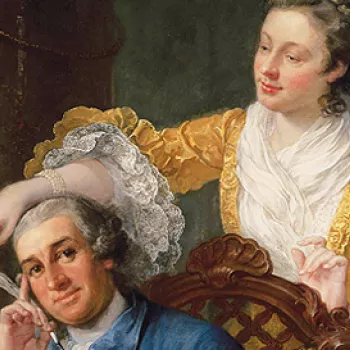John Sigismund Tanner (c.1704-41)
Jernegan's Lottery Medal, silver 1736
3.9 cm (diameter) | RCIN 443231
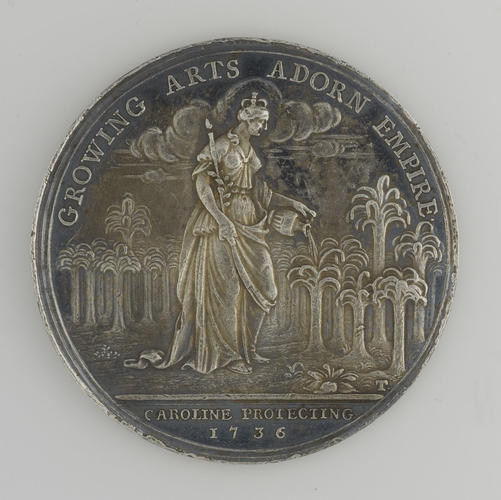


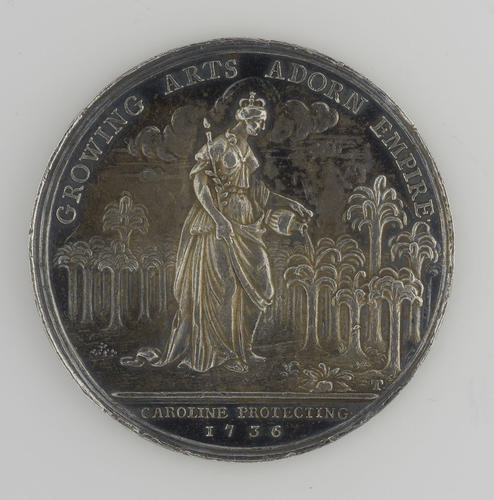
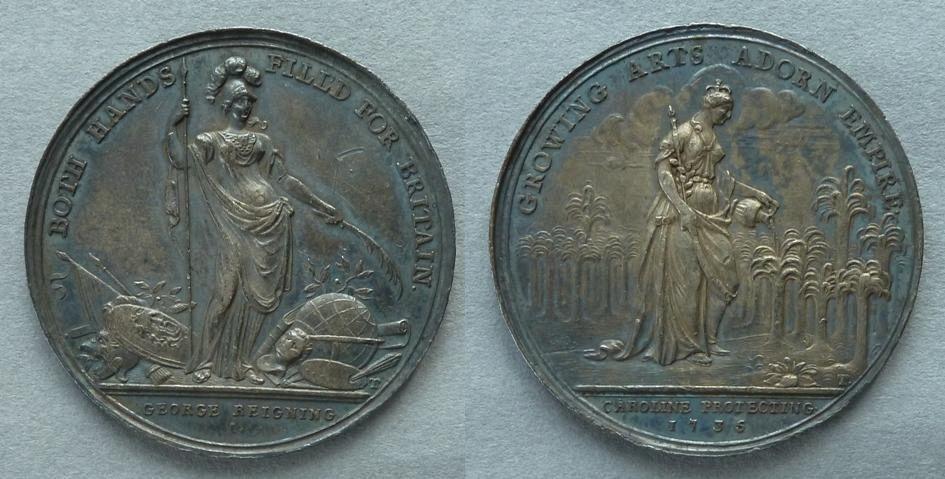

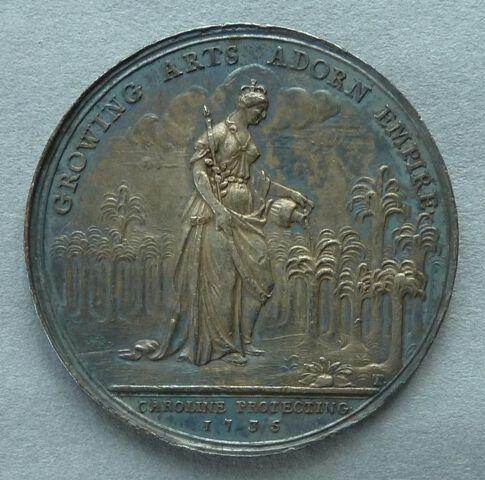
-
‘On the 2nd of March, 1735, …, one Henry Jernegan, goldsmith, petitioned the House, stating that he had made a silver cistern, that had been acknowledged by all persons of skill … to excel whatever of the kind had been attempted in this kingdom’. (Knight 1842, p.87) Jernegan had commissioned his cistern in 1734-5 as the largest ever wine cooler, to be decorated with Bacchanalian scenes, but having failed to dispose of it, offered it as prize in a lottery; funds from the sale of tickets would go towards the rebuilding of Westminster Bridge. Lottery tickets costing five or six shillings each were sold for it, and each ticket holder was also given a silver medal, valued at about three shillings. About 70,000 tickets were sold, and much money raised for the bridge works. The medal was designed by H.F. Gravelot and cut by John Tanner of the Mint. It depicted Minerva with spear and palm branch standing between a pile of arms and emblems of the arts and sciences on the obverse, and on the reverse, Queen Caroline watering a grove of young palm trees, referring to her well known love of botany, as well as the nurturing of ‘green shoots’ of knowledge. The original cooler is now in the Hermitage Museum, St Petersburg.
Text adapted from The First Georgians; Art and Monarchy 1714 - 1760, London, 2014. -
Creator(s)
(publisher) -
Medium and techniques
Measurements
3.9 cm (diameter)
20.29 g (Weight) (whole object)
Object type(s)




